10 ancient artifacts with an amazing history and virtuoso performance (19 photos)
The beauty of art is that almost any object of interest to researchers and viewers can become its work. 
The number of ancient little-known artifacts is enormous. And almost each of them has its own history, allowing us to learn more about the culture, heritage and life of representatives of ancient civilizations, which have long since become memories.
1. An Underwater Creature Through the Eyes of the Ancients 
This is not a child's scribble, but an image of a real underwater creature. This is a giant hammerhead shark (Sphyrna mokarran), depicted in the "Notes on Illustrations of National Products of Oka." Japan, Edo period, 1735 CE. 
Giant hammerhead shark
What distinguishes the shark from its brethren is the almost perfectly straight cut of the "hammer". Hammerhead predators live alone. And although they are potentially dangerous, they attack people very rarely.
2. Art of the Sick 
This strange, somewhat elegant piece is part of the Prinzhorn Collection, a fine collection of works of art created by schizophrenic patients. 
Hans Prinzhorn
Hans Prinzhorn (1886 - 1933) was a German psychiatrist, collector and historian of art by patients with mental disorders. He is one of the pioneers in the scientific study of mentally ill people's drawings. 
This piece is the work of Agnes Richter (1844-1918). The woman worked as a seamstress. In her 50s, she was placed in the Heidelberg psychiatric hospital at the request of her father and brothers after she suffered several acute attacks of delirium. Where she spent the rest of her life. During her stay in the clinic, she embroidered this jacket with biographical text.
The jacket, made of brown wool and coarse linen, is covered with notes made in red, yellow, blue, orange and white threads. The jacket has become a cult item in the Prinzhorn collection in Heidelberg.
3. Passionate Skeletons 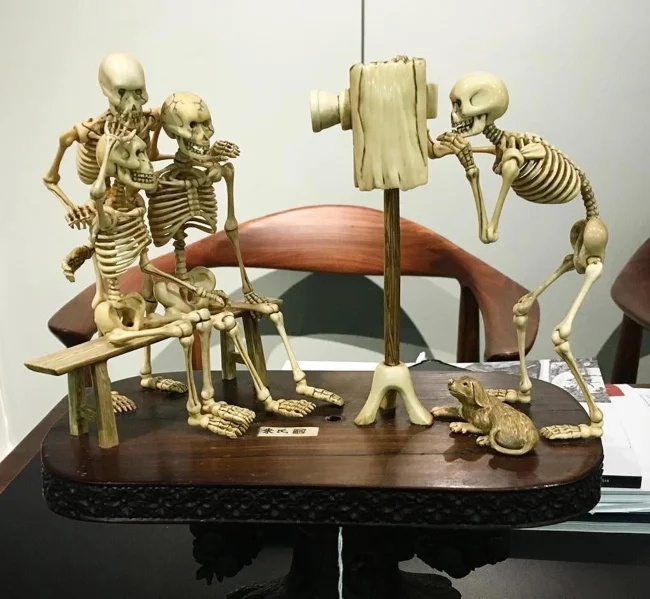
Ivory skeleton figures taking a photo, signed by Shutaro. Japan, Meiji period, 19th century. The dog, which the author left alive, is especially cute.
4. A glass for special guests 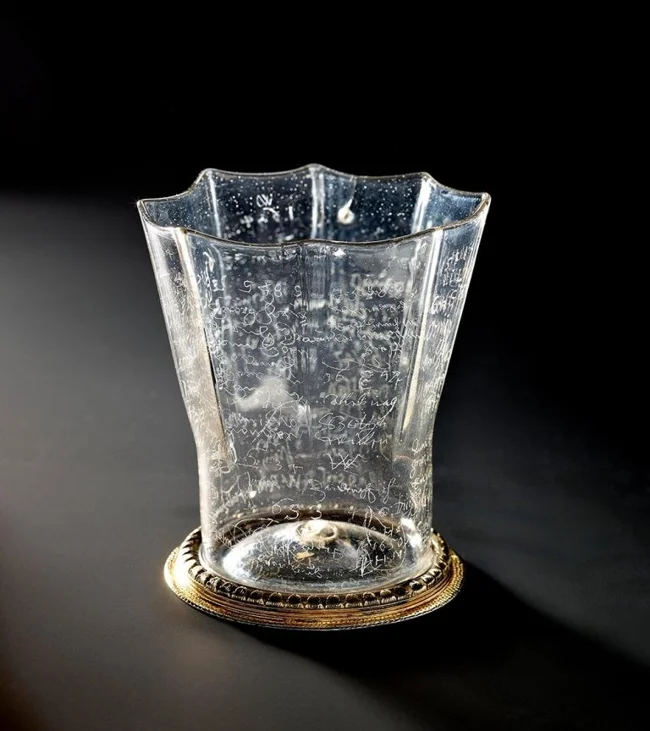
A 16th-century welcome glass from the princes of Oettingen-Wallerstein (a small principality in the southern part of the Holy Roman Empire, north of the Danube). Over the course of 100 years, 32 people, often high-ranking guests, would use a diamond point to carve their names into the glass, often including titles and sometimes an epigram and the year. 
Willkomm glasses or goblets were typically large, ornate drinking vessels made from a combination of expensive materials. The word Willkomm refers to the custom of presenting a "welcome" drink to an honored guest upon arrival at a celebration, such as a noble banquet, court tournament, or guild meeting. 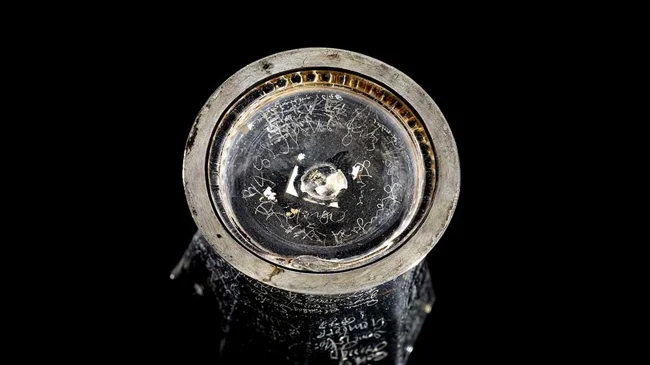
5. Memento Mori 
Memento Mori in ivory and ebony, attributed to Chicart Bailly, a Parisian ivory carver. Chicart Bailly is primarily known for creating objects that depict the theme of transience. Dating from 1520-1530, it is currently housed in the Schnütgen Museum in Germany. The phrase Memento Mori ("remember death") itself dates back to the culture of Ancient Rome, where it received various expressions in art and philosophy, and then spread to other later cultures. 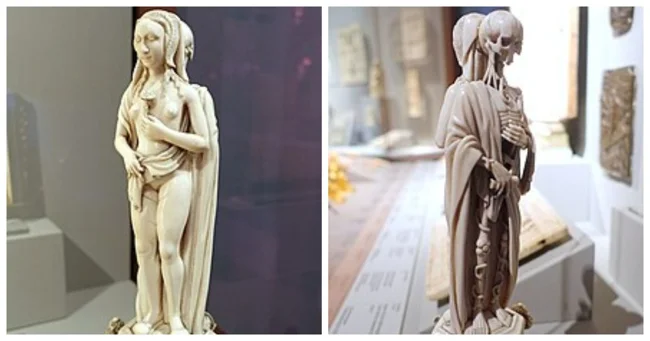
Another work of the carver on the theme of Memento Mori
6. Identifier of living property 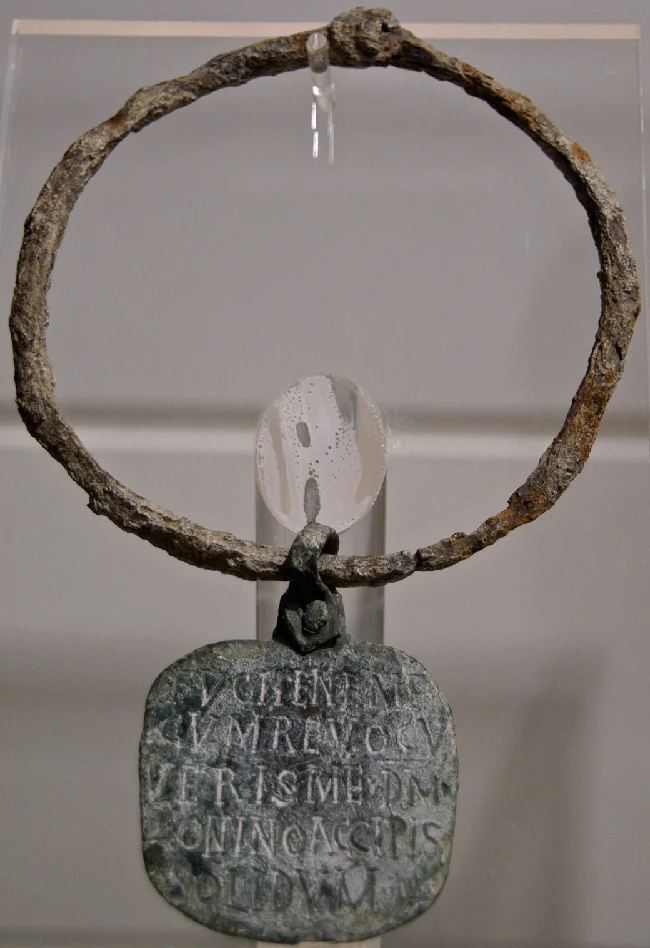
"I escaped, catch me and return me to Zonin for 1 gold coin." The only Roman slave tag ever found, still attached to his collar, 3rd century. Museum at the Baths of Diocletian, Rome.
7. Intact Evidence 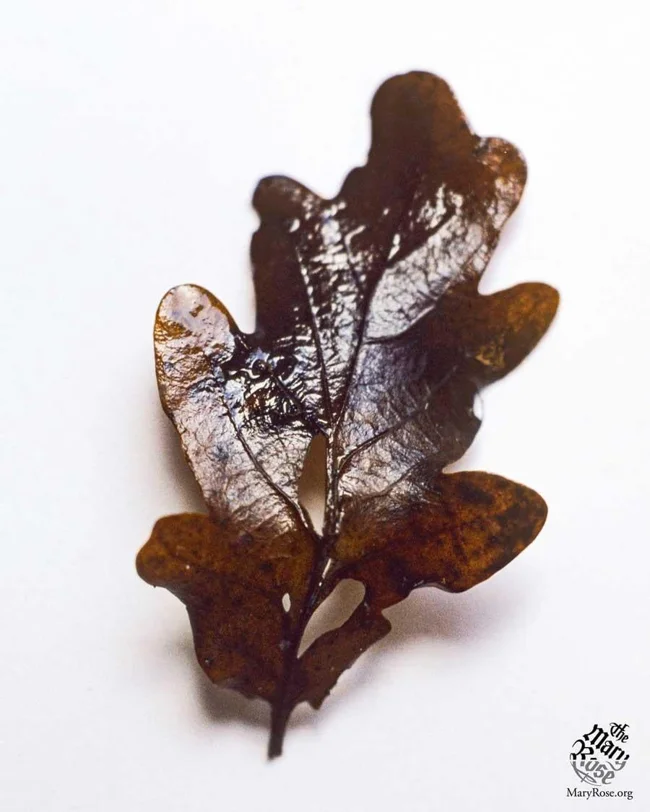
An oak leaf found on board the English warship Mary Rose, which sank in 1545. It fell from a tree during the reign of Henry VIII. The half of the ship and its artefacts that survived were buried in the very soft mud on the seabed. The water was not particularly deep, so the water was not very cold. But the mud did not allow oxygen or light to pass through, preventing the wood and other materials from decomposing.
8. Attention to detail 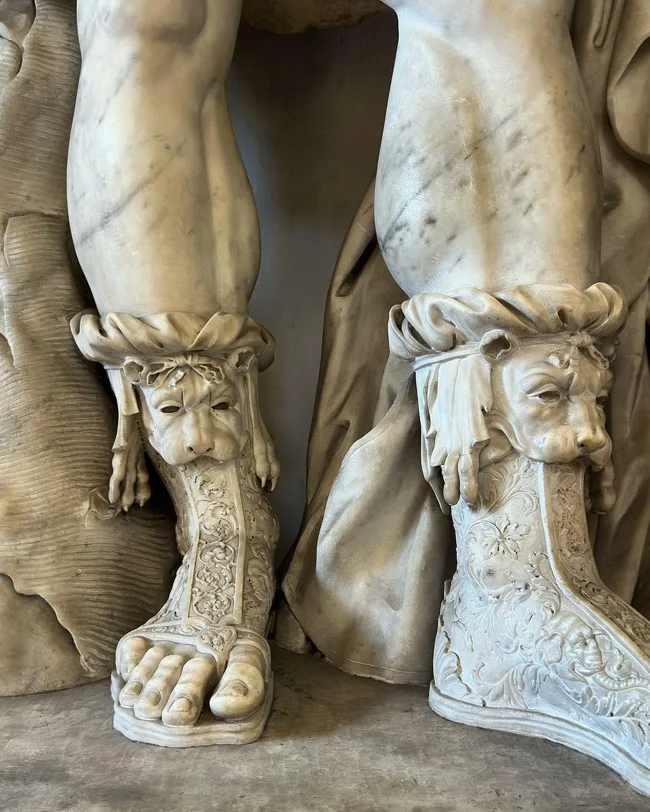
The colossal statue of Mars from the 2nd century CE in the Capitoline Museums is a masterpiece of Roman sculpture, demonstrating the artistic achievements of ancient Rome. Especially in intricate details like the “calcei of Mars” - incredible shoes decorated with intricate patterns. 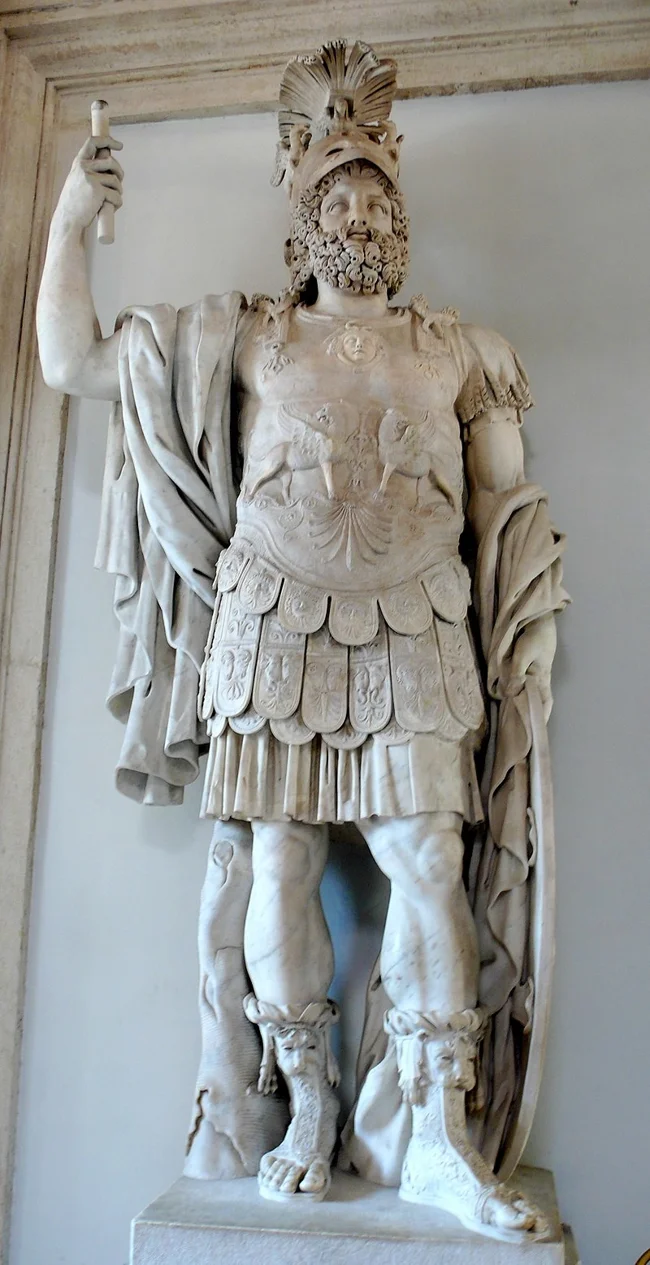
9. Open-Air Museum 
The area stretching for about 100 kilometers between Shatial and Raikot Bridge in Pakistan is home to a vast open-air gallery of ancient rock art. There are over 50,000 rock carvings and 5,000 inscriptions recorded here, dating from the 9th century BC to the 16th century AD. 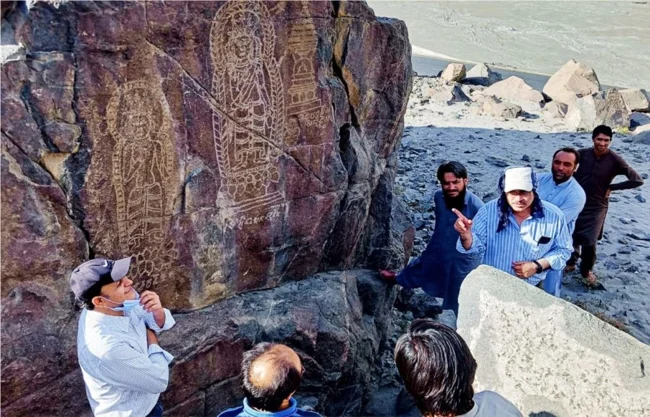
10. A creepy souvenir for a long memory 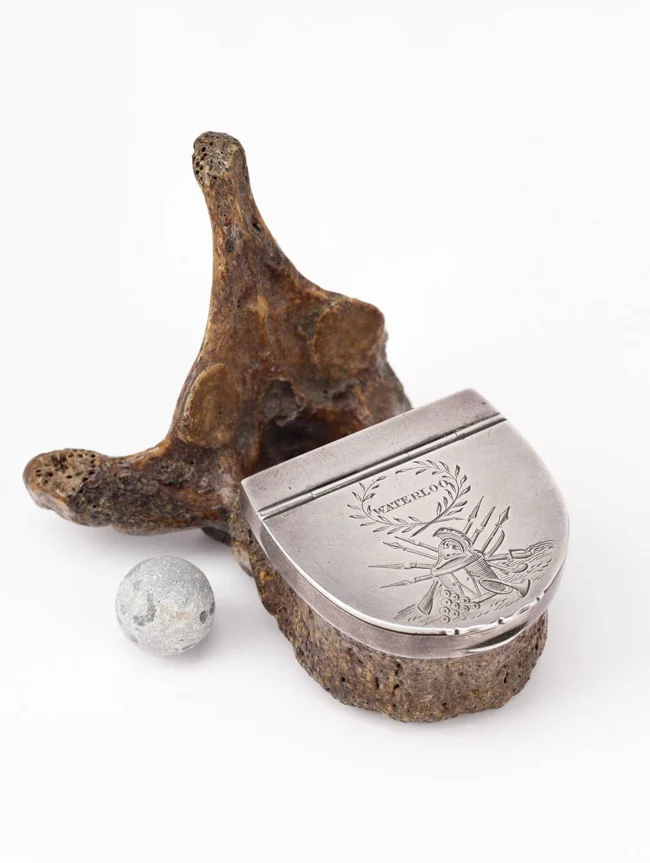
A creepy souvenir made from the vertebra of Captain George Holmes, who was fatally wounded in the spine at the Battle of Waterloo (1815). His widow had the damaged vertebra removed, varnished and mounted in silver. She also kept the bullet that killed her husband.






























